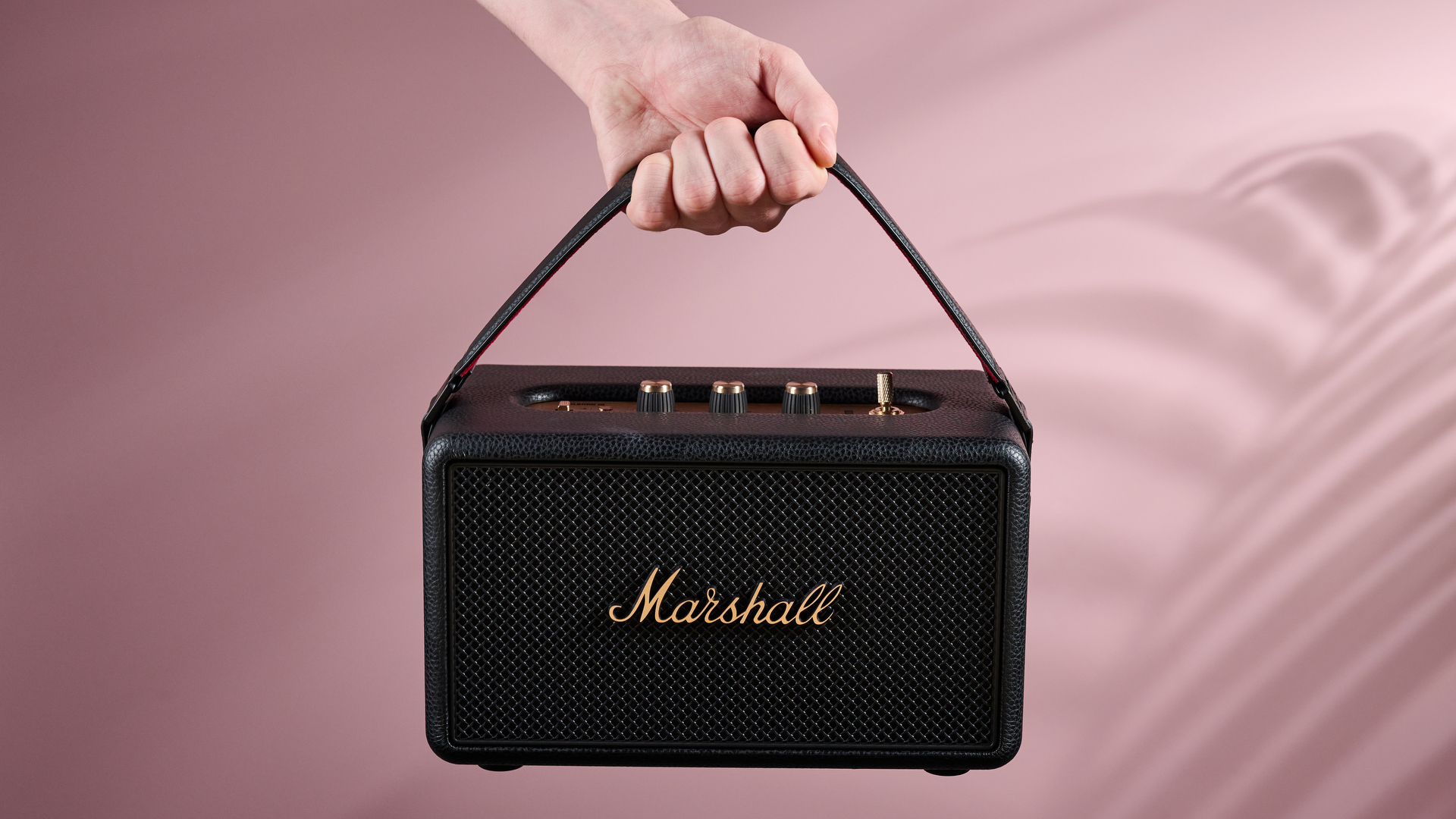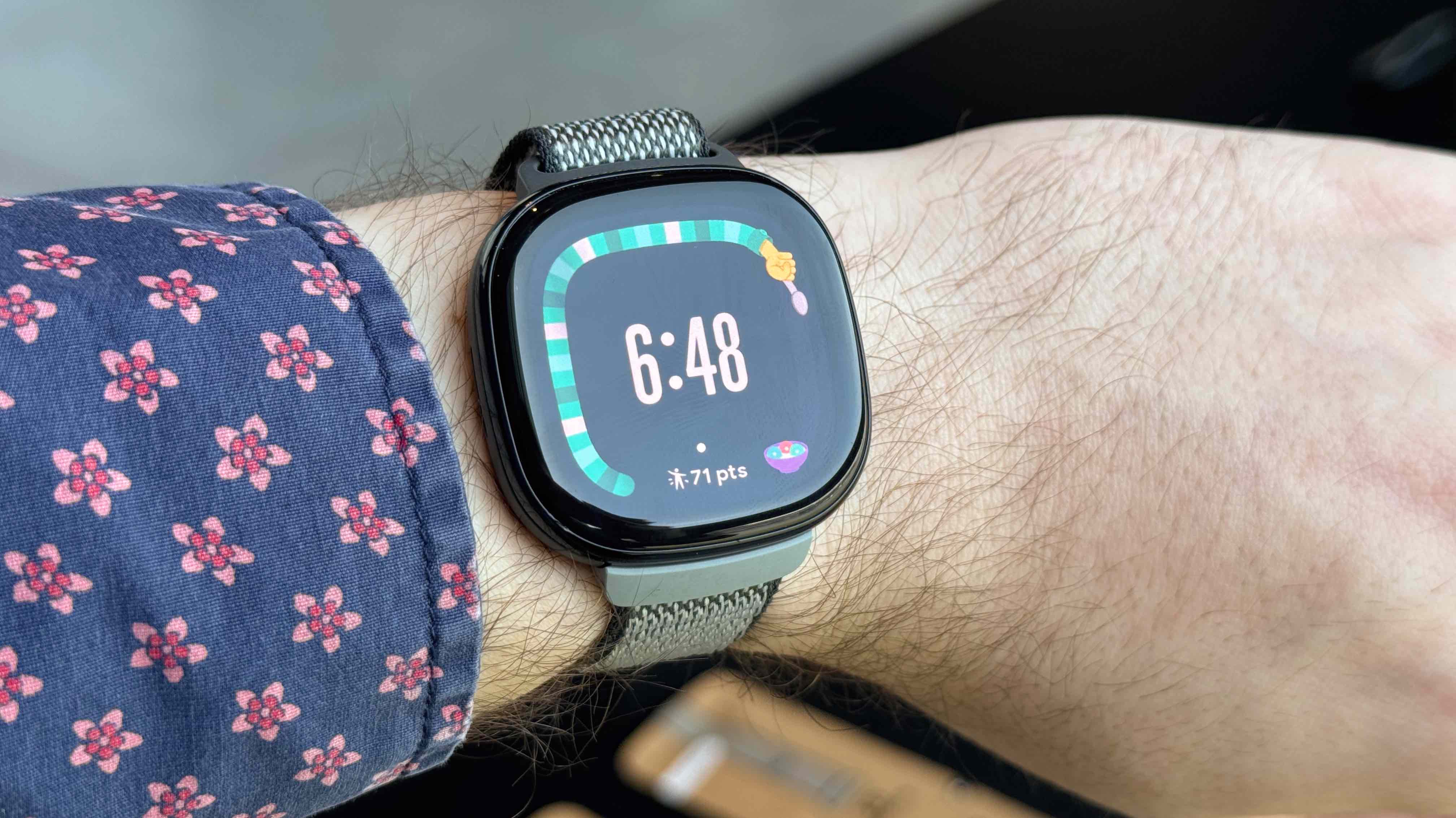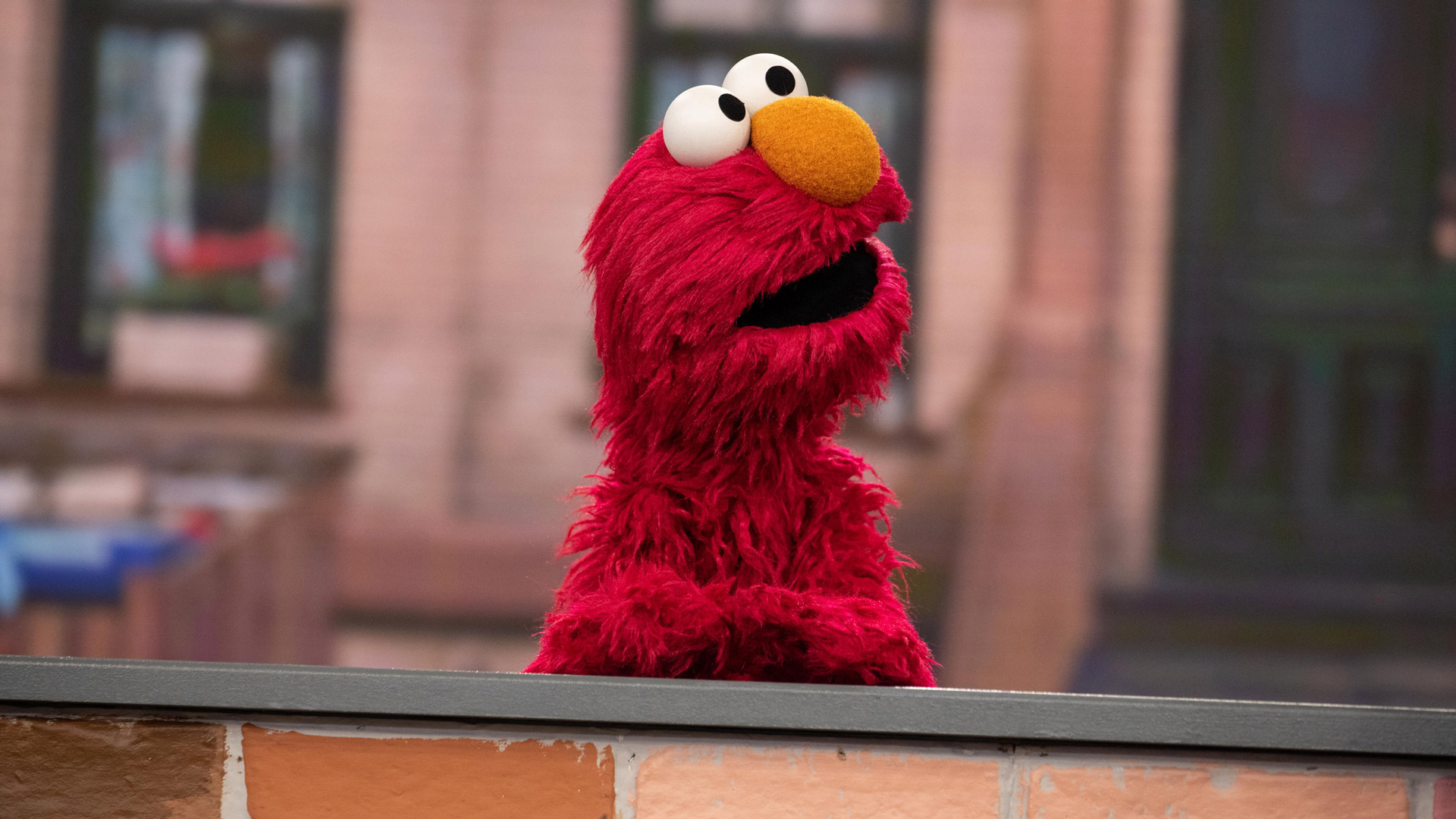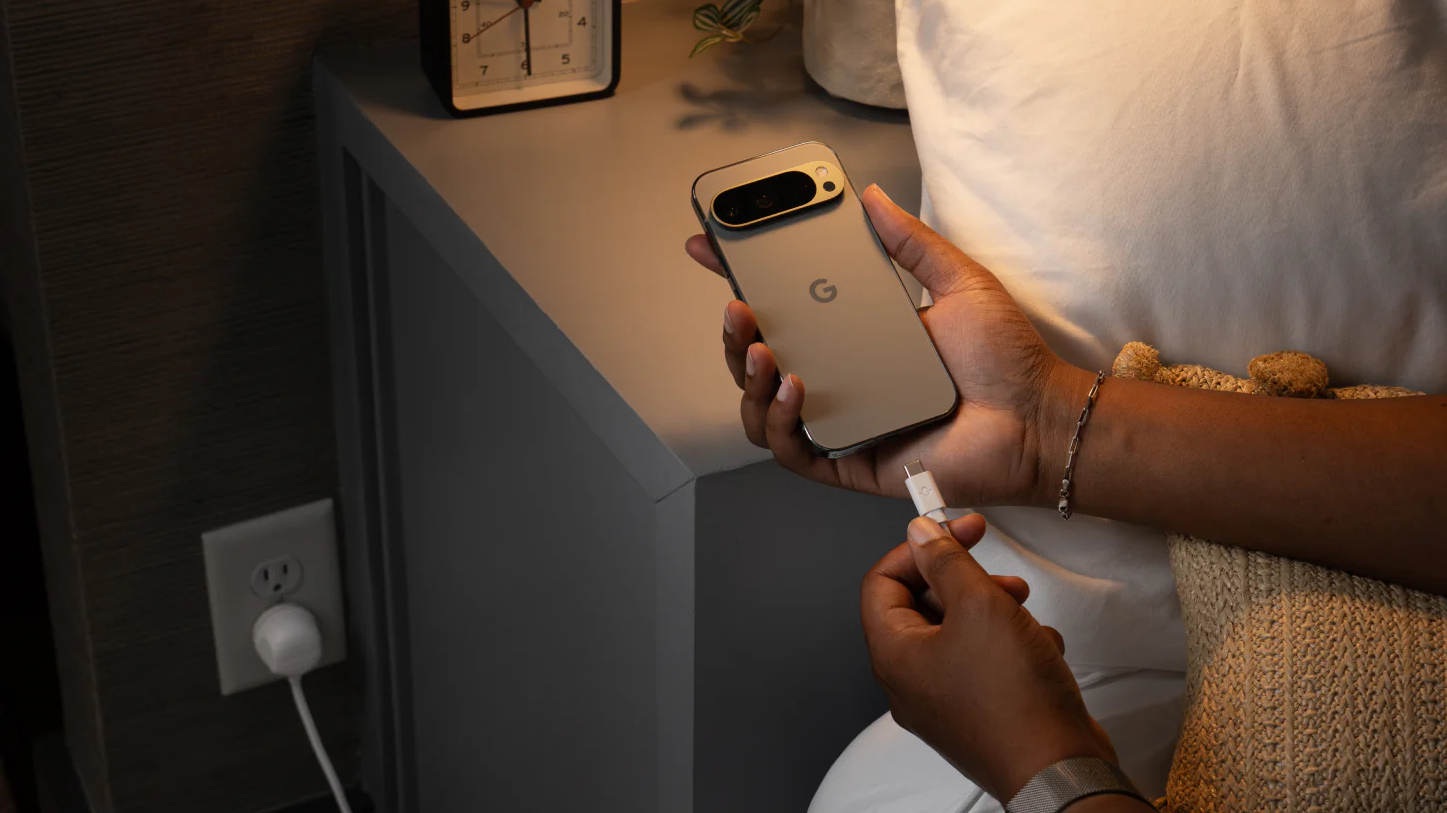Indiana Jones and the Great Circle review: Like Indy’s fist to a fascist’s face, the PS5 version of the action-adventure packs a powerful punch
Why you can trust TechRadar
We spend hours testing every product or service we review, so you can be sure you’re buying the best. Find out more about how we test.
Released at the tail end of 2024 on Xbox Series X|S and Windows, action-adventure game Indiana Jones and the Great Circle quickly established itself as not only one of the year’s best games, but an incredibly immersive, cinema-rivaling romp that perfectly captured the spirit of Spielberg’s beloved trilogy. Surpassing expectations, the first-person game didn’t deliver the Uncharted or Tomb Raider rip-off many assumed we’d get. Nor did it turn out to be a shooter similar to developer MachineGames’ successful Wolfenstein games.
Review information
Platform reviewed: PS5 Pro
Available on: PS5, Xbox Series X|S, PC
Release date: April 17, 2025
While either of those approaches probably would have worked just fine, the Swedish studio and publisher Bethesda Softworks went off the beaten path – much like Dr. Henry Jones Jr. himself – to produce an ambitious, story-driven, sublimely satisfying experience that’s on par with the archeologists’ best big screen adventures. As a result, it’s now one of the best PS5 games and best PS5 Pro games you can play.
A thrilling ride worthy of the films

For those yet to don the fedora, Indiana Jones and the Great Circle spins an original canon yarn set in 1937, between the events of Raiders of the Lost Ark and The Last Crusade (remember, Temple of Doom serves as a prequel to Raiders). The globe-trotting tale finds Indy exploring the likes of Vatican City, Thailand, Egypt, and beyond in his quest to uncover the secrets and mysteries behind the titular Great Circle.
For fans, this means participating in plenty of relic-hunting, puzzle-solving, and Nazi-pummeling antics across incredibly detailed, semi-open world maps. But it’s the deft pacing and organic implementation of these various elements that make the game shine brighter than the Ark of the Covenant. Puzzles hit the sweet spot between being challenging but never to the point that frustration overshadows the fun, while the combat – which sees you fighting fascists with everything from fly swatters to frying pans – is a visceral blast.
Best bit

It feels fantastic wielding Indy’s signature whip and pistol, but beating up baddies with every random object – from spatulas and brooms to candlesticks and various musical instruments – is a surprisingly satisfying way to thin the Third Reich’s ranks, especially with the DualSense‘s bells and whistles upping the immersion.
On the subject of putting Hitler’s heavies in their place, the game, of course, arms you with Indy’s trusty pistol and bullwhip. But rather than regularly relying on these items, you use them smartly and sparingly, supplementing them with lots of sneaking around, stealth takedowns, and improvisational melee combat. Seriously, breaking a mandolin over a baddie’s head never gets old.
This sort of balanced, organic approach also translates to puzzle-decryption and environmental exploration, as you’ll rarely find yourself simply mimicking on-screen prompts, chasing down shiny symbols, or following icons. Instead, you’ll rely on Indy’s intuitive camera and info-packed journal to naturally progress through objectives.
And while the critical path will keep you busy, the expansive sandboxes are brimming with optional collectibles, secrets, and surprises worth seeking out. On that note, expect to discover plenty of manuals that help you upgrade Indy’s abilities, an especially cool feature that forgoes the usual, game-y skill trees in favor of a leveling system that more naturally suits the character.
Whether you’re cracking ancient conundrums or Nazi skulls, the game offers an absorbing visual and audio experience that seamlessly blends its first and third-person perspectives. Most of the action unfolds from the former, while the latter perfectly frames some platforming sequences – like climbing and swinging – as well as cutscenes. Toss in some epic set pieces and Troy Baker’s spot-on Harrison Ford performance, and the Great Circle puts the whip in your grip like never before.
PS5 fortune and glory
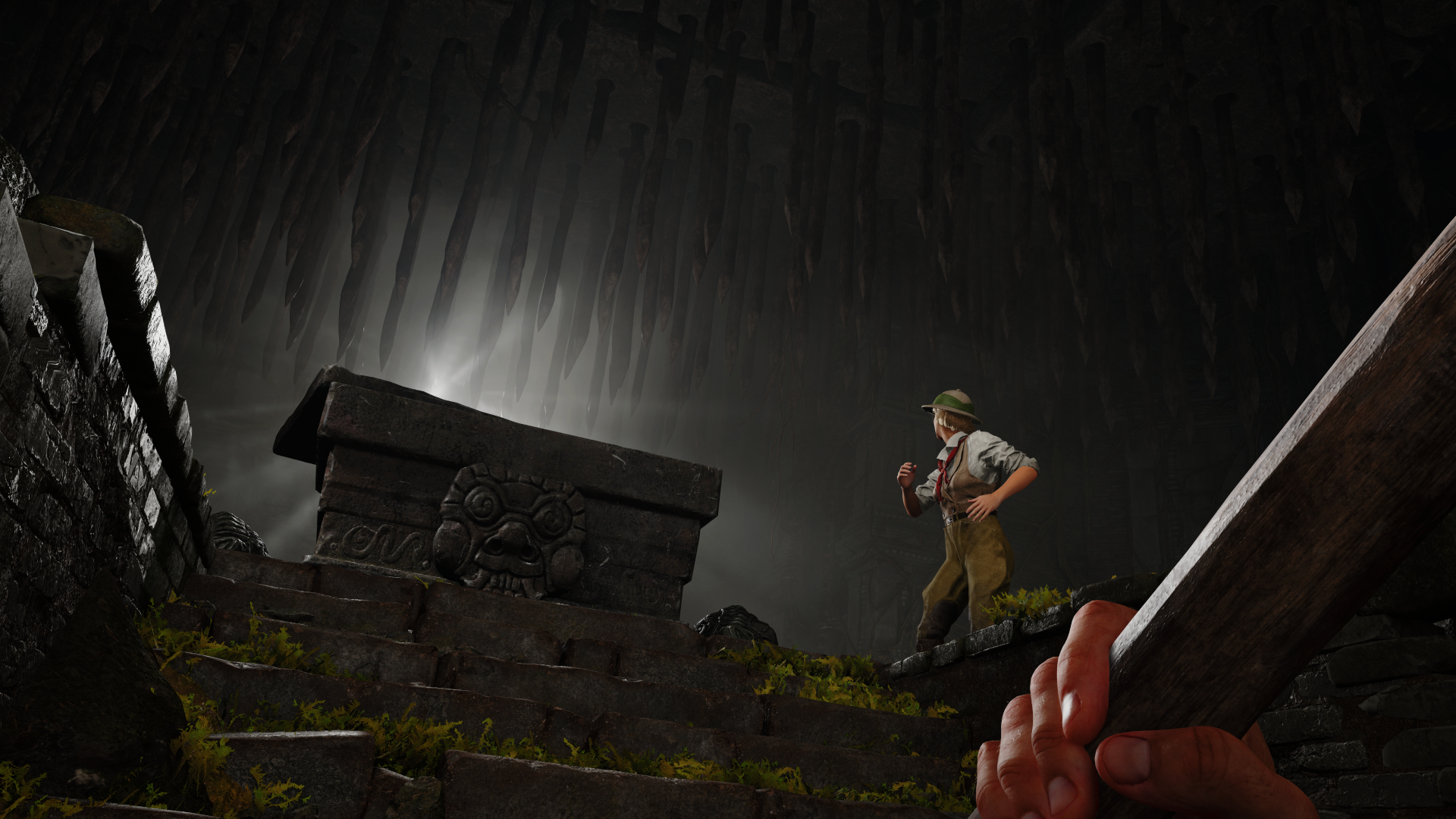
All that said, the game’s original release did suffer from some graphical and performance issues, especially on the Xbox Series S. With this PlayStation 5 version – particularly when played on a PS5 Pro – however, those problems have been squashed like a crypt-inhabiting creepy crawly beneath Indy’s boot.
Where many titles on both the standard PS5 and Pro consoles offer a choice between Performance and Fidelity modes, the Great Circle ditches those options for a beefy default that delivers both native 4K resolution at 60fps. Supported by advanced ray tracing tech – putting some of the prettiest lighting and reflection effects I’ve ever seen on screen – the result is an absolutely stunning, incredibly sharp visual presentation complemented by performance that feels as smooth as a poison-dipped date.
Of course, the PS5 release also cranks the immersion through the DualSense controller’s nuanced haptic feedback, adaptive triggers, LED lighting, and touchpad effects. Whether feeling the building rumble of Raiders’ iconic boulder trap, splintering a guitar over a goose stepper’s head, or pulling your whip as it wraps around a foe’s limbs, you’ll never experience the same tactile sensation. Smaller touches, like the LED light flashing green when you apply a life-saving bandage, further make you feel like you’re actually under the hat.
More than a mere port, Indiana Jones and the Great Circle on PS5 is easily the definitive version of the game, thanks to the various features, upgrades, and enhancements that this version built for Sony’s consoles brings to the adventure.
Should you play Indiana Jones and the Great Circle for PS5?
Play it if…
Don’t play it if…
Accessibility
Indiana Jones and the Great Circle goes pretty deep in terms of accessibility features, offering a solid suite of options for those looking to tweak and tinker. Both the size and color of the user interface elements can be adjusted, while subtitles and closed captions can also be personalized to your preferences. Camera modes, like motion blur and screen shake, can also be turned on or off.
There are also protanopia, deuteranopia, and tritanopia color filter modes for color blind players, as well as various HUD adjustment settings. The game also offers a number of difficulty settings for both its action elements, which can tweak enemy quantity and behavior, as well as adventure aspects, which can adjust puzzle difficulty and toggle objective markers.
How I reviewed Indiana Jones and the Great Circle
I played Indiana Jones and the Great Circle for over 40 hours, with about a third of that time invested in optional activities and additional exploration. I reviewed the game on the PlayStation 5 Pro, but also put several hours into the Xbox Series X version to compare the visuals and performance. I also tested all the new DualSense-specific features. I played on my budget model TCL 4K display with HDR enabled. For audio, I used my television’s onboard stereo speakers, but also tested with PlayStation’s Pulse Explore earbuds.
First reviewed May-June 2025




:max_bytes(150000):strip_icc()/GettyImages-481866530-ada58537a4fa4083a92964d88fc40ed0.jpg?w=1920&resize=1920,1363&ssl=1)
:max_bytes(150000):strip_icc():format(jpeg)/GettyImages-481866530-ada58537a4fa4083a92964d88fc40ed0.jpg)

